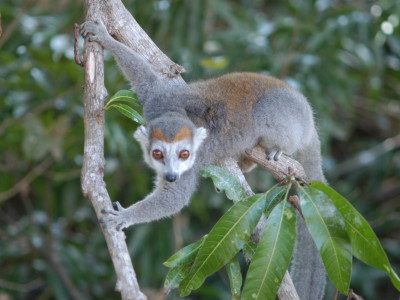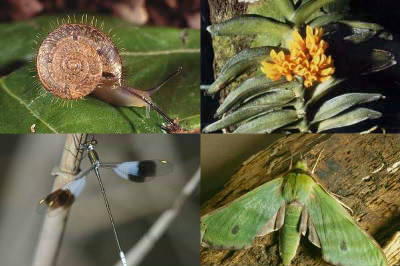20% of reptiles are endangered, more than 50% of turtles and crocodiles

Environmental groups such as the
A global reptile assessment highlights shared conservation needs of tetrapods | Nature
https://www.nature.com/articles/s41586-022-04664-7
World's reptiles comprehensively assessed – IUCN Red List | IUCN
https://www.iucn.org/news/species/202204/worlds-reptiles-comprehensively-assessed-iucn-red-list
Comprehensive Study of World's Reptiles
https://www.conservation.org/press-releases/2022/04/27/comprehensive-study-of-worlds-reptiles
One-fifth of reptiles worldwide face risk of extinction | CTV News
https://www.ctvnews.ca/climate-and-environment/one-fifth-of-reptiles-worldwide-face-risk-of-extinction-1.5878393
The research report on the extinction of reptiles was jointly published by researchers belonging to international environmental NGOs such as IUCN and Conservation International , and comprehensively analyzed the conservation status of 10,196 species of reptiles inhabiting the world. The results are recorded.
As a result of the analysis, 1829 species, which is about 21.1% of the total, were classified as Critically Endangered (corresponding to 'Vulnerable', 'Crisis' and 'Serious Crisis' in the IUCN Red List category). The most famous species classified as endangered are King Cobra, Galapagos marine iguana, Indian gavial, etc. At the eye level, turtles (57.9% are endangered) and crocodile (50.0%) are the most extinct. It is noted that it is comparable to the species with many endangered species, and at the family level, the iguana family (73.8%) and the lizard family (60.0%) are in a particularly critical situation.

According to official announcements by the IUCN and others, mass extinction of reptiles is mainly due to agricultural land expansion, deforestation, and loss of habitat due to urban development, especially in South and Southeast Asia, where reptile biodiversity is abundant. The loss of habitat is a problem. IUCN et al. Also point out that invasive alien species and unsustainable hunting and capture by humans are also global problems.
IUCN has released similar comprehensive analysis results for birds, mammals and amphibians, saying that the proportion of endangered species in various species is 13% for birds, 25% for mammals and over 40% for amphibians. thing. 'This assessment is undoubtedly the threat facing reptiles, if we lose reptiles,' said Neil Cox, head of diversity assessment at IUCN. If that happens, we will lose billions of years of evolutionary history. '
Related Posts:
in Creature, Posted by darkhorse_log







